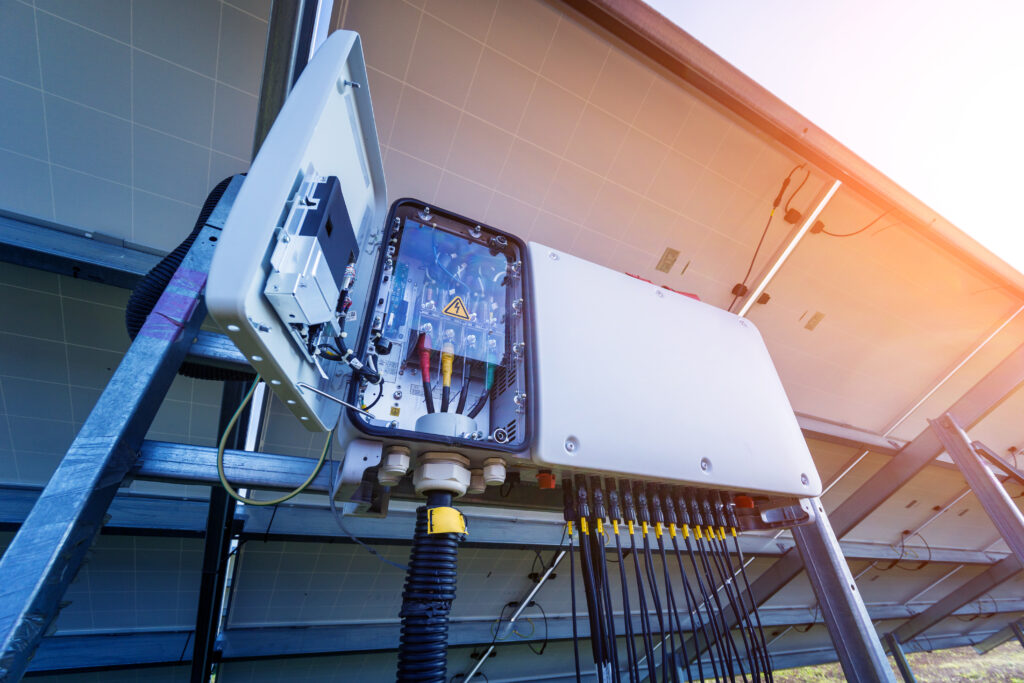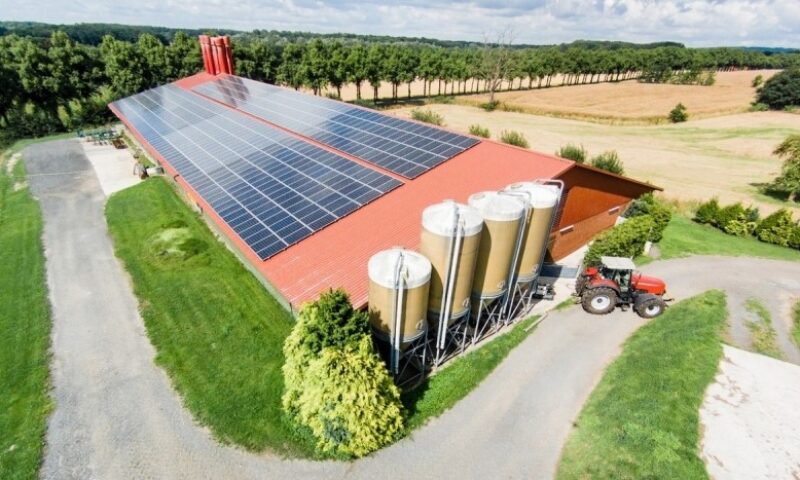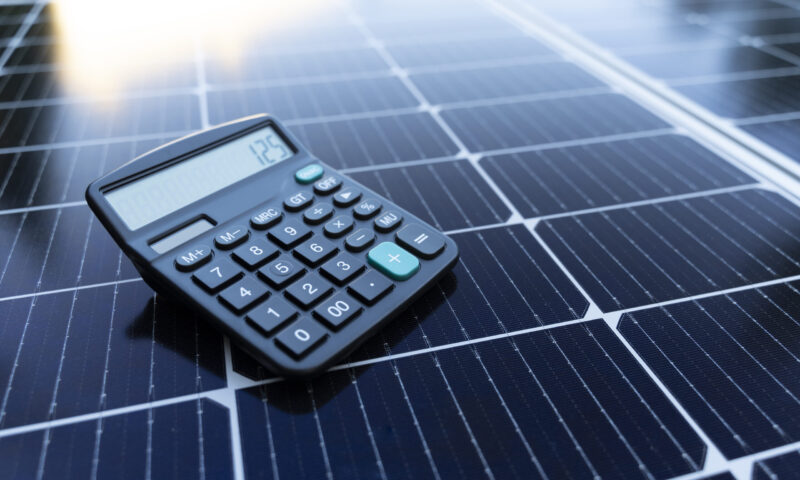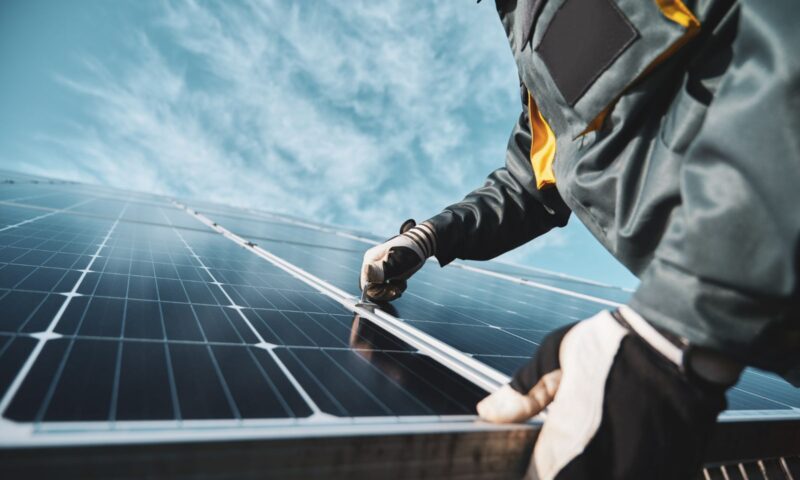First of all, it should be remembered that PV installations are not solar collector installations, which are only used to heat water. The energy generated by photovoltaic cells can be either stored using batteries or fed back to the grid for storage or sale. Therefore, photovoltaic installations are divided into two types:
1.On-Grid photovoltaic power plants
It is a type of photovoltaic installation integrated with the public grid. This type of installation is most often chosen in Poland due to the relatively low investment cost and good and simple settlement rules. The grid inverter returns the surplus to the Energy Plant and, depending on the settlement method, we can sell the surplus or put it into storage and collect it in the winter.
Pursuant to the Polish Act on Renewable Energy Sources, a natural person can easily and quickly settle electricity in the “discount” system. All you need to do is become a prosumer, i.e. sign a new contract with the energy company regarding the introduction of micro-installations and the extra electricity from photovoltaics is stored at the distributor. We can receive this electricity when we have a shortage, e.g. in winter (higher electricity consumption, lower panel yield resulting from shorter days, more cloudy days, etc.). If we have an installation smaller than 10kW, we can collect 80% of the previously produced electricity (the energy company collects 20% as storage costs).
The undoubted benefits of network installations include:
2. Off-Grid photovoltaic power plants
This is a type of photovoltaic installation that consists of a regulator, converter, solar panels, batteries and a controller. This type of installation is most often chosen in allotment houses that do not have access to the public grid or in villages, where uncomfortable power outages often occur (on-grid photovoltaics does not work when we do not have electricity from the grid). This system is a much more expensive solution due to the high prices of individual energy storage (components).






